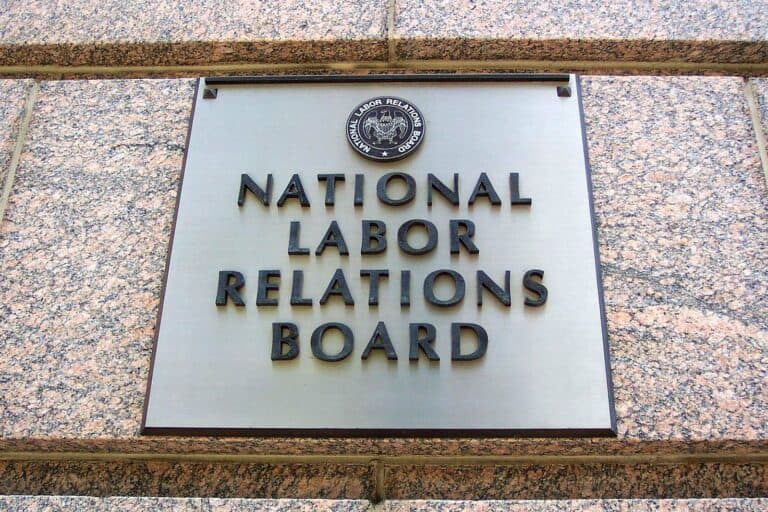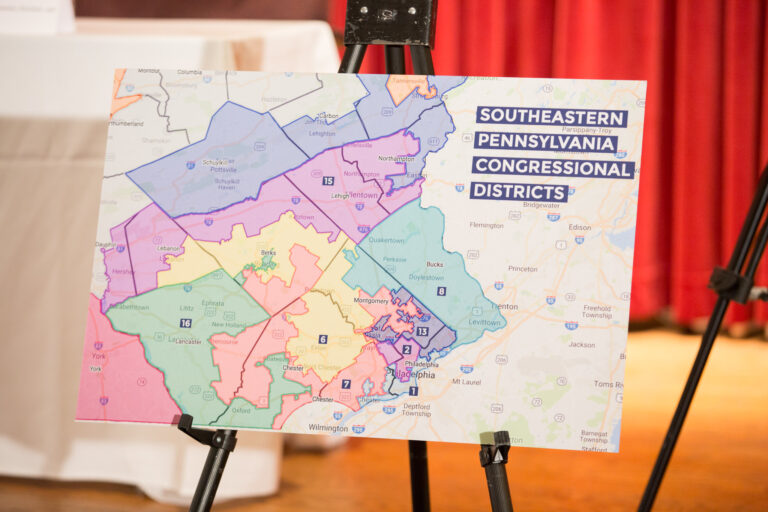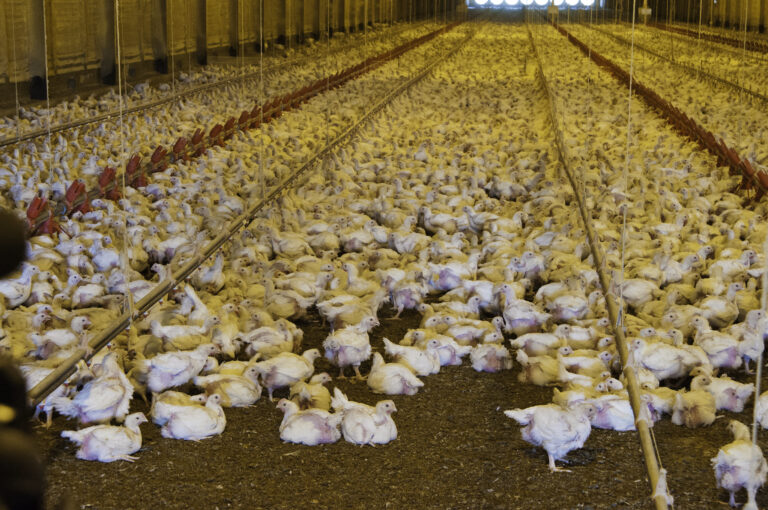Joel Heller practices labor law in Washington, DC. The views expressed are solely his own and do not represent the views of any other entity.
Labor law is full of analogies to the political process. Its foundational metaphor is “industrial democracy”—employees’ right to have a say in the decisions that govern their working lives through union representation and collective bargaining. The typical mechanism by which employees choose whether to unionize is a secret-ballot election. But democracy is not a unitary concept, and industrial democracy need not look like political democracy. So the question arises of which norms and concepts from the political sphere translate to the labor sphere. And the stakes of this question are heightened when opponents of unionization and collective bargaining use analogies to the political sphere to advance their own interests.
My recent article in the Vanderbilt Law Review explores this phenomenon through a case study of one political concept that has found its way into labor-law discourse: the gerrymander. In the political context, gerrymandering refers to the practice of politicians drawing legislative districts to secure their preferred outcome. How does this come up in labor law? As early as 1939, employers have accused unions of “gerrymandering” the workplace by petitioning to represent bargaining units composed of employees who are likely to support union representation. They typically use the gerrymander analogy to argue that a union’s proposed unit should include additional employees. For example, Starbucks consistently has argued that any representation election in a given city must include all Starbucks locations in the area, and that anything less constituted a “gerrymander.” If successful, these arguments tend to decrease the likelihood of a vote in favor of unionization, because larger units are more difficult to organize, especially when they include employees the union did not initially seek to represent. The analogy also has worked its way into policy, with courts and the NLRB invoking the concept in unit-determination decisions.
Gerrymandering is a much maligned practice in the political sphere. The popular critique stems from the perceived unseemliness of self-interested action. Gerrymandering is also a form of vote dilution that weakens the effectiveness of certain votes by placing those voters in one district rather than another. And it entrenches existing power structures, with line drawers designing safe seats to protect incumbents at the expense of new voices in the halls of power. It also fosters unaccountability. Legislators from gerrymandered districts have little incentive to represent the interests of constituents who do not support them, because they do not need those constituents’ support to win re-election.
Legislative redistricting and bargaining-unit determinations both involve defining an electorate. But beyond that, the gerrymander analogy breaks down on closer inspection. My article identifies three differences between redistricting and unit determinations that show the inaptness of the analogy.
First, the influence of self-interest that animates the concern with gerrymandering in the political context is an inherent part of the unit-determination process. Gerrymandering refers to line-drawing based on improper criteria. Unions or employees that propose bargaining units that increase the odds of a vote for representation may act out of self-interest, but promoting collective bargaining is not improper; it is the stated policy of the NLRA. One of that statute’s statements of purpose is “encouraging the practice and procedure of collective bargaining.” Similarly, the NLRA guarantees employees not just the right to organization, but to “self-organization,” so employees’ wishes about with whom to organize should carry significant weight in the unit-determination process.
Second, unit determinations are not part of a broader political process in the same way as redistricting. The union employees chose in one bargaining unit has no power over employees not in the unit, whereas a legislator elected from a gerrymandered district joins a legislature that passes law governing everyone in the jurisdiction. Also, political gerrymandering is possible because districting is a zero-sum game; everyone has to be part of a district, so any resident excluded from one district must go in a different one. The composition of one district necessarily impacts the composition of—and perhaps the result in—other districts. By contrast, not all employees in a given workplace have to be part of a bargaining unit. A union proposing a unit thus has no opportunity to manipulate the process on a wholesale level the way a political gerrymanderer does.
Third, some of the other harms associated with gerrymandering in the political context are less likely to occur in the labor context. Unlike legislators from gerrymandered districts who have little to lose by ignoring non-supporters, a union that takes that approach would breach its duty of fair representation, which extends to employees who are not members of the union or did not vote for representation. Also, unit determinations do not carry the same risk of entrenchment as political gerrymandering. Unions that propose bargaining units are not incumbents seeking to protect their hold on power, but instead are challengers to the existing power structure (i.e., the employer).
In addition to ignoring these distinctions between districting and unit determinations, the gerrymander analogy is also analytically misplaced. The key question under the NLRA for unit determinations is whether a proposed unit of employees is “appropriate for the purposes of collective bargaining.” That is, whether meaningful bargaining would be possible if the employees in the unit vote for representation. That analytical end goal can be achieved by an inquiry focused on screening out arbitrary groupings of employees whose working conditions are too disparate for the union and employer effectively to negotiate terms that would cover all of them. Analyzing whether a petitioned-for unit is a “gerrymander” doesn’t answer that question. It looks only to whether a union is likely to win, not whether bargaining could be effective if it does.
Apart from an inapt analogy, importing the gerrymander concept into labor law is an example of how over-reliance on the political model can harm industrial democracy. Gerrymandering is deeply unpopular, with polls showing around 90% disapproval. Delegitimizing union organizing as gerrymandering may lead to fewer votes for unionization. It could cause the NLRB or courts to view a petitioned-for unit more skeptically, and either refuse to hold an election at all or accept employer arguments to expand the proposed unit. Or it could dissuade otherwise interested employees from supporting unionization. Gerrymandering is not only unpopular, but a toxic term that erodes faith in the political process. Bringing that concept into the representation-election process threatens to do the same for industrial democracy.
This result is a problem not only for industrial democracy, but also for political democracy. Unionization and collective bargaining creates democracy in the workplace by giving workers a voice on the job, but it also has democracy-enhancing spillover effects. It imparts democratic norms like participation and equality of decisionmaking that carry over into the civic and political realms. Unionized employees are more likely to vote in political elections than are non-unionized employees, for example. More broadly, an empowered working class provides a needed counterweight to powerful interests in a time of rising political and economic inequality. All of this is potentially lost when unionization and collective bargaining is damned by association with the corrosive and deeply unpopular concept of gerrymandering. The irony of the gerrymander analogy in labor law is that it uses the pro-democracy idea of fighting gerrymandering to achieve anti-democratic ends.








Daily News & Commentary
Start your day with our roundup of the latest labor developments. See all
December 12
OH vetoes bill weakening child labor protections; UT repeals public-sector bargaining ban; SCOTUS takes up case on post-arbitration award jurisdiction
December 11
House forces a vote on the “Protect America’s Workforce Act;” arguments on Trump’s executive order nullifying collective bargaining rights; and Penn State file a petition to form a union.
December 8
Private payrolls fall; NYC Council overrides mayoral veto on pay data; workers sue Starbucks.
December 7
Philadelphia transit workers indicate that a strike is imminent; a federal judge temporarily blocks State Department layoffs; and Virginia lawmakers consider legislation to repeal the state’s “right to work” law.
December 5
Netflix set to acquire Warner Bros., Gen Z men are the most pro-union generation in history, and lawmakers introduce the “No Robot Bosses Act.”
December 4
Unionized journalists win arbitration concerning AI, Starbucks challenges two NLRB rulings in the Fifth Circuit, and Philadelphia transit workers resume contract negotiations.